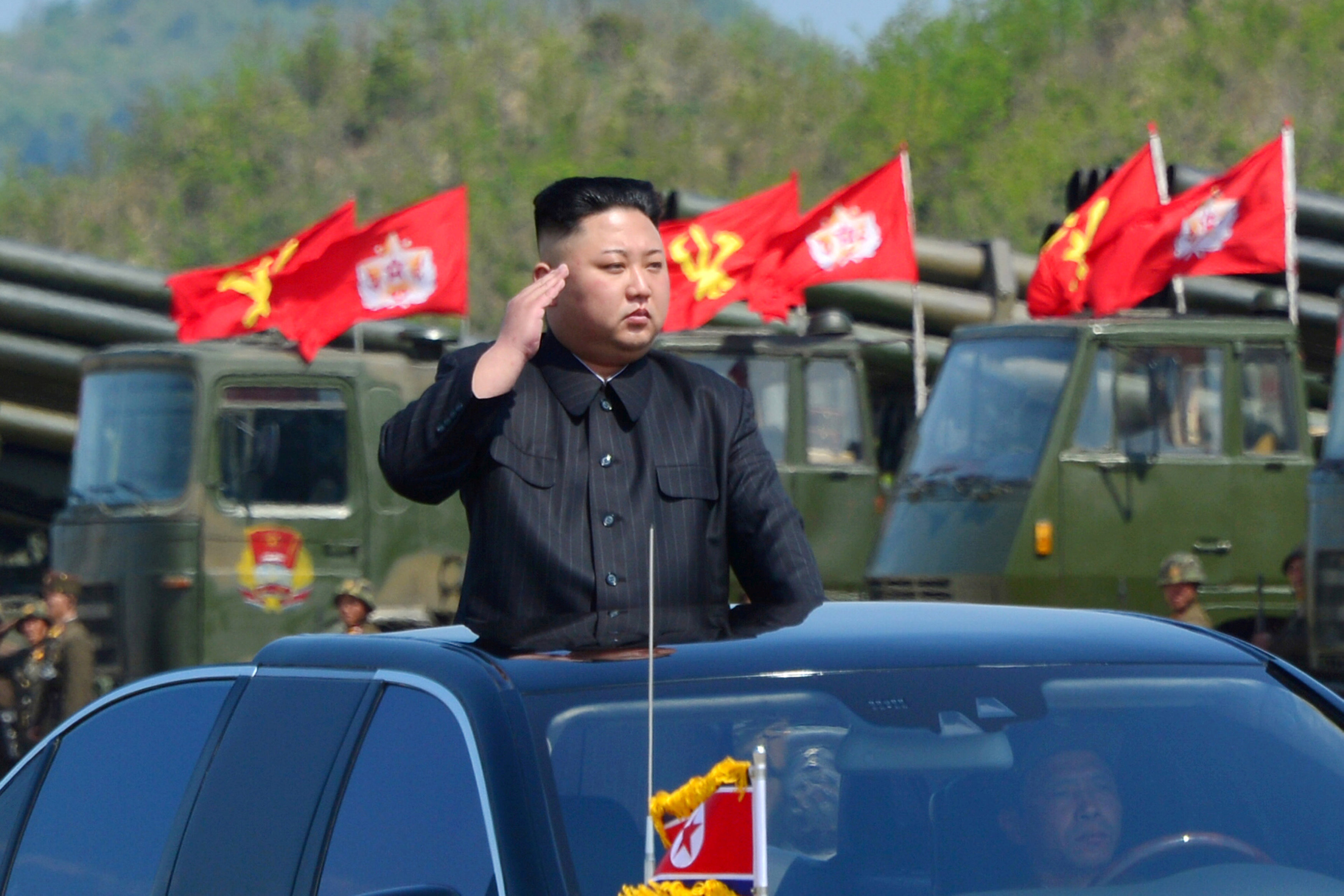
By Rozanna Latiff
KUALA LUMPUR (Reuters) – An Indonesian woman accused in the 2017 chemical poison murder of the North Korean leader’s half-brother was freed on Monday after a Malaysian court dropped the charge in a case that drew suspicions of being a political assassination.
As the court announced its decision, Siti Aisyah, 26, turned to her Vietnamese co-defendant, Doan Thi Huong, 30, in the dock and the two women, who had been facing the death penalty together, embraced in tears.
They had been accused of poisoning Kim Jong Nam, the half-brother of North Korean leader Kim Jong Un, with liquid VX, a banned chemical weapon, at Kuala Lumpur airport in February 2017.
Following the dramatic decision to release Siti Aisyah, a defense lawyer asked for an adjournment in the case against Huong in order to submit a request that charges be dropped against her too.
Defense lawyers have maintained that the women were pawns in an assassination orchestrated by North Korean agents. The North Korean embassy in Kuala Lumpur was defaced with graffiti just hours before the trial was to resume, authorities said.
Interpol had issued a red notice for four North Koreans who were identified as suspects by Malaysian police and had left the country hours after the murder.
During the trial, the court was shown CCTV footage of two women allegedly assaulting Kim Jong Nam while he prepared to check in for a flight.
Siti Aisyah, who had worked as a masseuse at a hotel in the Malaysian capital, and Huong, who described herself as an actress, had maintained that they believed they had been hired to participate in a reality TV prank show.
Once the court released her, Siti Aisyah, wearing a black traditional Malay dress and headscarf, was rushed to the Indonesian embassy, where she spoke briefly with journalists.
“I feel so happy. I did not expect that today I would be released,” Siti Aisyah said, adding that she was healthy and had been treated well in prison.
Prosecutors told the court that they had been instructed to withdraw the charge against Siti Aisyah. No reason was given.
While the court discharged Siti Aisyah from the case, it rejected her lawyer’s request for a full acquittal, as it said that the trial had already established a prima facie case and she could be recalled if fresh evidence emerged.
The defense had disputed whether the CCTV footage was clear enough to identify the Indonesian woman as an assailant, or establish what she had done to the victim.
Gooi Soon Seng, Siti Aisyah’s lawyer, said his client was “a scapegoat”.
“I still believe that North Korea had something to do with it,” Gooi said.
Kim Jong Nam had lived in exile in Macau for several years before the killing, having fled his homeland after his half-brother became North Korea’s leader in 2011 following their father’s death.
Some South Korean lawmakers said the North Korean regime had ordered the assassination of Kim Jong Nam, who had been critical of his family’s dynastic rule. Pyongyang has denied the accusation.
NOT OVER YET FOR HUONG
Left to stand trial by herself after Siti Aisyah’s release, Huong was still sobbing as she prepared to take the stand on Monday at the start of her defense. But the court agreed to resume proceedings on Thursday instead, pending a reply from the attorney-general to the request that charges against her also be withdrawn.
“Where is the principle of equality? Both of them were charged on the same evidence, the defense was called on fairly the same grounds,” said Salim Bashir, one of Huong’s lawyers.
“Until today, we do not know what were the exceptional circumstances that were needed for the attorney-general to review the charge against Siti Aisyah. The prosecution never advanced a single ground for the withdrawal.”
Although the two women were being tried together, the cases against them were separate, and the court had asked the Indonesian woman to present her defense first.
Siti Aisyah’s trial was suspended in December as her lawyers argued with prosecutors over access to statements made by seven witnesses.
Prosecutor Muhammad Iskandar Ahmad told Reuters the decision to withdraw the charge against her was made based on “several representations”, without elaborating.
Siti Aisyah flew back to Jakarta on Monday, accompanied by Indonesian Law Minister Yasonna H. Laoly.
Laoly said Siti Aisyah’s release, after over two years in prison, was the result of high-level diplomacy by his government, including meetings with Malaysian Prime Minister Mahathir Mohamad and the attorney-general.
“After studying the case thoroughly, we sent letters to the Attorney-General of Malaysia and met with him and Prime Minister Mahathir last August,” Laoly told reporters with Siti Aisyah shortly after landing in Jakarta.
Laoly had written to Malaysia’s attorney-general, laying the blame on North Korea.
“Miss Aisyah was deceived and had no awareness whatsoever that she was being used as an intelligence tool of North Korea,” he wrote.
(Additional reporting by Agustinus Beo Da Costa in JAKARTA; writing by Joseph Sipalan; Editing by Simon Cameron-Moore and Nick Macfie)















